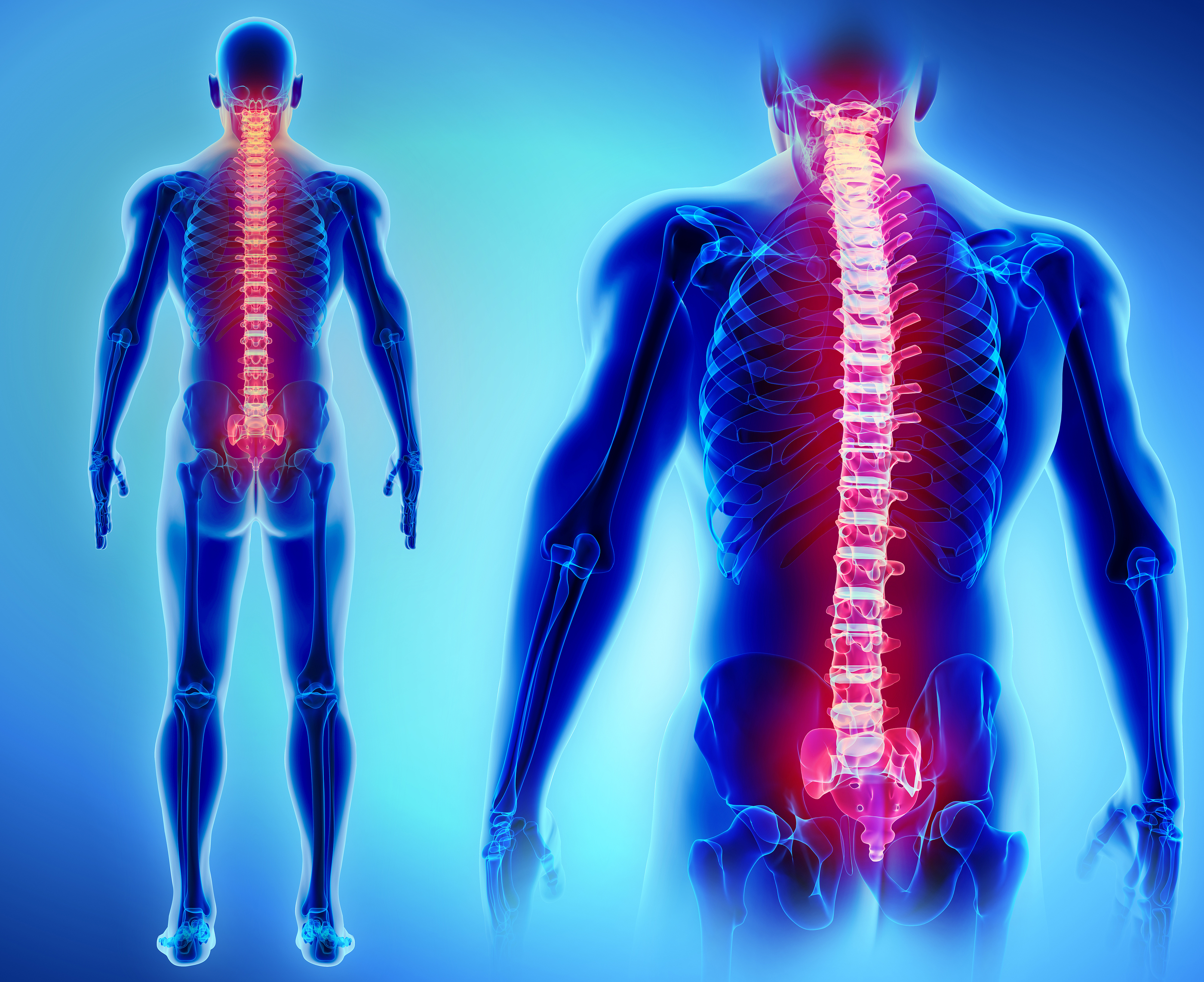Seeking Compensation for Spine and Back Injuries
There are few parts of the body that can sustain an injury and cause severe damage on a level that can alter your whole life. Whether it is a car collision, construction site accident, or a simple slip and fall, injuries to areas such as the spine can do catastrophic amounts of damage. Those that experience these kinds of injuries will likely have to contend not only with the pain and suffering that comes from the decreased quality of life but also the financial woes brought on by medical expenses and lost earning capacity.
It is important to take any injury seriously, especially one to the back. While many spine and back injuries can be immediately apparent, some may have symptoms that are not immediately as strong. Not only is this important for your health but also in the event that you are able to pursue compensation through legal action. You may be able to file a suit against a party that’s negligence resulted in the accident that caused your injuries.
The Basics of a Spinal Injury
Immense trauma can hurt our whole body depending on where it is focused. In the event your spine takes the brunt of the impact then you are likely to suffer a host of health issues since your spine is responsible for so many important body functions.
Structure of the Spine
The human spinal column is made up of 33 bones – 7 vertebrae in the cervical region, 12 in the thoracic region, 5 in the lumbar region, 5 in the sacral region and 4 in the coccygeal region. This bone structure is responsible for keeping your body upright and mobile along with relaying information via nerves throughout your entire body. The vertebrae themselves house the delicate nerve clusters of the spinal cord.
Consequences of Damage to the Spine
Damage to the general bone structure is, of course, an issue for your mobility; not to mention incredibly painful. What some forget is how even seemingly little damage can pose a risk to the delicate spinal cord within the vertebrae. Even the slightest damage to the spinal cord can have serious consequences for a person’s bodily functions managed by the spine such as sensation and control of the limbs and extremities. There does not even have to be direct damage to the spinal cord via trauma. All it takes is a buildup of pressure on the spinal cord or perhaps even a wayward splinter of bone jutting into the spinal cord to cause issues. When these issues are not addressed as soon as possible then various complications can arise that can result in further damage and additional health issues.
What is the Spinal Cord?
The spinal cord is a long tubular structure made of nervous tissue that runs the length of your back from the base of the skull in the brain and all the way down through the vertebrae that encase it. The vertebrae surround the spinal cord and act as its protection since it is so delicate. The main functions of the spinal cord consist of sending and receiving signals from the body and brain like a sort of switchboard.
Symptoms of a Spinal Cord Injury
Common symptoms of a spinal cord injury may include:
- Phantom sensations of hot, cold, or tingling or lack of these sensations
- Numbness and weakness in the limbs
- Problems with bowel and bladder control
- Issues with coordination and motor function
- Severe pressure and/or pain in the back or neck
- Paralysis of the limbs
- Issues with breathing, coughing or clearing the lungs
- Spasms or exaggerated reflex activities
- Problems maintaining balance and walking
Diagnosing a Spinal Cord Injury
In order to diagnose a spinal cord injury, a doctor will typically call for a series of tests to be done after an initial physical examination of the patient. These tests can include x-rays to determine if there are issues with the vertebra alignment or position. MRI’s are also used to see if there are any issues like blood clots or herniated discs that could be causing pressure and damage to the spinal cord.
Treatment of a Spinal Cord Injury
The treatment of a spinal cord injury will typically consist of a surgery to relieve pressure that is harming the spinal cord or to remove any other element that may cause further injury. Unfortunately, there is currently no way to reverse the damage done to the spinal cord. Like other complex structures made of nervous tissue, doctors and scientists are still working on understanding the complex nature of these organs and how to repair them. So when you suffer an injury to the spinal cord, it is very likely that you will be suffering permanent damage. Doctors will likely prescribe medication and physical therapy to help manage symptoms. These things do help quite a bit with dealing with the damage but there are many cases of spinal cord injuries where people suffer debilitating and disabling health conditions like paralysis and incontinence for the rest of their lives.
CONTACT EXPERIENCED MINNESOTA PERSONAL INJURY ATTORNEYS
If you or a loved one have suffered an injury to the back or spine as a result of an accident then do not hesitate to contact Sand Law about your possible claim. The attorneys of Sand Law have years of experience when it comes to handling claims involving severe spinal and back injuries. We understand the level of pain and financial pressure that these kinds of injuries put on an individual and their families. Those whose negligence has caused an accident that inflicted spinal injuries will be held accountable for their actions when you hire Sand Law as your legal representation.
Consider contacting Sand Law about a possible personal injury claim and how we can assist you in seeking compensation for your injuries. Your primary concern should be recovery and we understand that balancing that with an injury claim can be difficult. Allow us to represent you and help secure a settlement you are comfortable with while you heal.
Sand Law LLC
7650 Currell Blvd #3140
Woodbury, MN 55125



